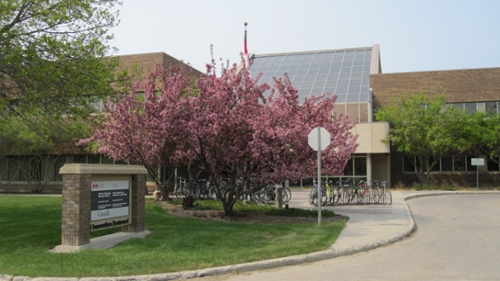
Global Institute for Water Security (GIWS)
GIWS is co-located at Environment and Climate Change Canada's National Hydrology Research Centre and maintains access to high-quality water research lab facilities and instrumentation. Much of the GIWS research infrastructure is part of the network of Global Water Futures Observatories.
GIWS offers office space (short- and long-term), services, equipment and facilities which may be booked via our QReserve system.
Multi-purpOse Soil Testing Facility (MOST)
The MOST facility is a multi-purpose laboratory for slope testing in agricultural, hydrology, engineering, mining, and green infrastructure. We specialize in cover system designs and mine reclamation solutions for Cold Regions (regions dominated by snow, ice and permafrost). We help industry solve real world environmental problems while providing significant monetary and time savings through developing testing and trial simulations using state of the art equipment and technology. The MOST facility is managed by the McDonnell Hydrology Lab and is part of Global Water Futures Observatories.
McDonnell Hydrology Lab
Led by Jeffrey McDonnell, the McDonnell Hydrology Lab offers Soil and Plant Water Extraction and Stable Isotope Analysis services. The McDonnell Lab is equipped with several methods for extracting fresh water from soil and plant material, including Centrifugation, High-Pressure Mechanical Squeezing, and Cryogenic Vacuum Extraction. The extracted water is suitable for further analyses, such as stable isotope analyses. Stable Isotope Analysis of liquid water is done in our lab by laser spectroscopy. The lab is capable of measuring the ratios of D/H, 18O/16O and 17O/16O isotopes of fresh water and soil water samples. The McDonnell Hydrology Lab is part of Global Water Futures Observatories.
Lab services can be requested through the GIWS QReserve system.
Saskatchewan Water Chemistry and Ecology Lab (SaskWatChe)
The SaskWatChe Lab has the capacity to analyze for nutrient chemistry and dissolved gas chemistry. For this, the lab uses a discrete chemical analyzer, a gas chromatograph and MIMS (membrane inlet mass spectrometer). This lab is part of Global Water Futures Observatories.
The lab offers equipment and lab services which may be requested through the GIWS QReserve system.
Smart Water Systems Laboratory
Located at the National Hydrology Research Centre with the GIWS, the Smart Water Systems Laboratory (SWSL) proposes, designs and investigates new sensors that measure water. SWSL is a part of Global Water Futures Observatories.
RJF Smith Centre for Aquatic Ecology
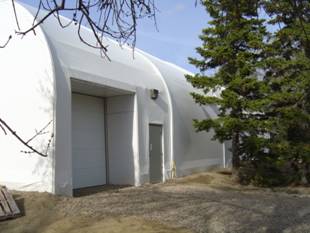
The RJF Smith Centre for Aquatic Ecology in the USask Department of Biology is a 450 sq. meter aquatic research facility with 12 artificial ponds and a 70 sq. meter wet lab.
Toxicology Centre and Aquatic Toxicology Research Facility
The USask Toxicology Centre is the largest academic research and training centre in the area of aquatic and environmental toxicology in Canada. The centre provides broad-based expertise from the molecular to the ecosystem level, with partners from around the globe. It focuses on investigating the effects of water pollution on ecosystem and human health with an aim towards sustainability and stronger environmental stewardship.
The Aquatic Toxicology Research Facility, the only facility of its type in Canada and one of only a few in the world, is a highly sophisticated laboratory for aquatic toxicology research. Located at the Toxicology Centre, the 7,100 sq-ft laboratory was specifically designed to provide areas with different water qualities and temperatures to perform both static and dynamic toxicological experiments with algae, crustaceans, insects, clams, amphibians or fish. In-house research facilities include five walk-in controlled-environment chambers and an analytical laboratory for water quality analysis.
Centre for Hydrology
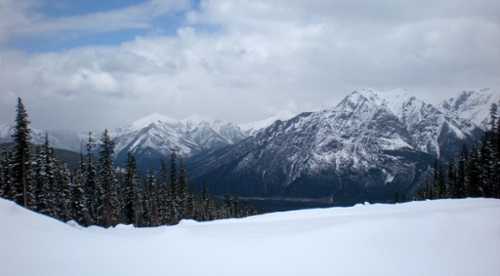
The USask Centre for Hydrology addresses Saskatchewan's water sustainability problems and provides national leadership in hydrological research and training. The centre includes unique facilities with equipment for stable isotope analysis, strong expertise in water and wastewater treatment, efficacy of constructed wetlands, mine reclamation and site remediation, water balance modelling, and hydrogeochemistry. The centre has six labs: Cryospheric Environmental Lab (an experimental cold room for cryospheric simulation); Cool Sample Lab; Hydrological Modelling Lab (computer modelling with PC and Unix); Hydrological Instrumentation Lab; Hydrological Sampling Lab; and Ecohydrology Lab (natural water chemistry).
Canadian Rockies Hydrological Observatory
In Alberta, the Centre for Hydrology maintains premises at the Coldwater Laboratory, part of the Barrier Lake Field Station in Kananaskis Country. As well as offices and labs, this facility is able to provide an accomodation base for fieldwork in nearby research basins such as Marmot Creek.
Canadian Light Source
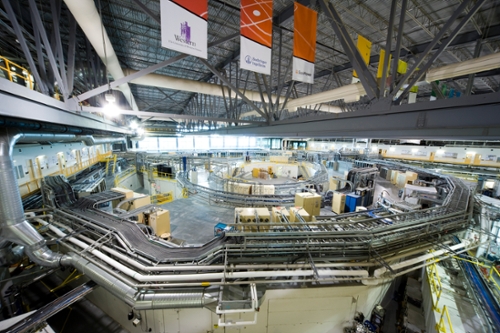
The Canadian Light Source, Canada’s only synchrotron, provides opportunities for water research and is located on USask's campus. This tool can be used to probe matter and analyze a host of physical, chemical, geological, and biological processes.
As part of an international team, USask Canada Research Chair’s Ingrid Pickering and Graham George are using synchrotron technology to research the anecdotal properties of selenium when combined with arsenic. Arsenic in drinking water in Bangladesh and parts of India is poisoning upwards of 35 million people. Through a clinical trial conducted in Bangladesh, Pickering and Graham’s studies have demonstrated that an arsenic-selinium detoxification molecule is formed in blood and excreted. Selenium supplementation may be a possible arsenic poisoning treatment for Bangladeshis, and has the potential to improve the health of millions.
Global Water Futures Observatories
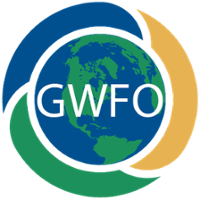
Global Water Futures Observatories (GWFO) is Canada's premier national university-operated scientific freshwater observation network. GWFO operates 64 instrumented river basins, lakes, streams, and wetlands, 15 deployable measurement systems, and 18 state-of-the-art water laboratories. These monitor Canada's drainage basins and aquatic systems in fine detail at local scales across a vast portion of Canada, spanning many of the provinces and territories, and major river basins including the Yukon, Mackenzie, Saskatchewan–Nelson, and Great Lakes–St. Lawrence.
Many of the facilities and deployable equipment within GIWS are part of the Global Water Futures Observatories network, which is a pan-Canadian network of data observation sites and analytical laboratories. To see a full listing of all the sites, equipment, and services available through the GWFO network, visit their website below.
